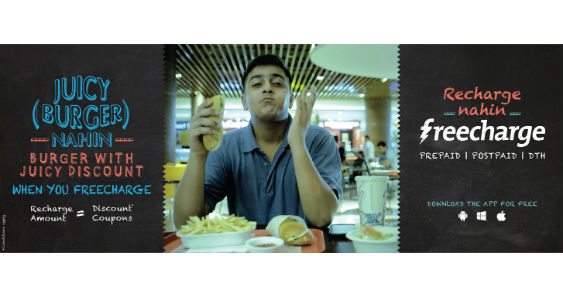SINGAPORE – Growth in online sales of FMCG products is outpacing offline sales globally, according to a new report by performance management company, Nielsen.
The Nielsen report, What’s Next in E-Commerce, highlights the latest trends in consumer purchasing online within the FMCG sector, and points to strengthening growth in online adoption and spend around the world. The report illustrates that while FMCG has historically trailed many other categories such as electronics, mobile goods and travel when it comes to online spending, that trend is set to change in the coming years.
As retailers and manufacturers solve for many of the existing barriers to e-commerce adoption, such as retail infrastructure and supply, high-level environment and cultural factors such as credit card fraud, and logistics to support the ‘last mile’, FMCG e‑commerce is set for exponential growth. These factors for growth are further compounded by surging consumer demand for anywhere, anytime convenience.
While total FMCG retail sales growth currently sits at around 4% per annum, total retail e-commerce is predicted to grow by 20%, or an additional $2.1 trillion, by 2020.
“The FMCG sector has been experiencing slow or no growth globally, but we are now seeing signs of strengthening growth as well as premiumisation across the sector, driven in many cases by e-commerce,” observes Prashant Singh, Nielsen’s Head of E‑Commerce, Growth Markets. “And as the source of FMCG sector growth continues to shift to online channels, it will be increasingly critical for retailers and brands to understand the fundamental drivers and influencers to enable them to develop a comprehensive and successful digital strategy.”
According to Singh there are four key influencers significantly impacting e-commerce growth trends around the world:
- E-commerce is growing rapidly, but the growth factors are not uniform: Connectivity and accessibility to cheaper data and handsets play a key role in shifting consumer behaviour, and to a large extent smartphone reach is an early indicator of potential e‑commerce growth. However, connectivity alone isn’t sufficient to drive e-commerce penetration. Supply factors and cultural nuances also influence consumers’ online purchase behaviour.
- Drivers and barriers are similar, with one exception: The number one driver across most countries for e-commerce purchases is convenience, with the exception of the U.S. where consumers are more motivated by deals. Conversely, there are three key considerations when examining barriers to e-commerce. Firstly, the desire to examine an item before buying it – from grocery to apparel. Secondly, the lack of trust that retailers will meet expectations around freshness. And thirdly, concern over the level of quality of products bought online vs. in-store. Retailers need to alleviate these barriers to drive their share of the consumer e-commerce wallet.
- The ability to win the elusive food basket will be key to success in retail e‑commerce: The food basket, due to its repetitive purchase pattern, is the Holy Grail for retailers, however, food items remain largely absent from e-commerce sales. Winning the food basket is critical to succeeding in the online FMCG sector.
- Wooing the omnichannel consumer: When it comes to retail e-commerce, Convenience, Price/Value, Assortment and Customer Experienceare the highest‑ranked considerations driving consumers’ online purchasing decisions. In order to develop a winning e-commerce strategy retailers need to ensure they are prepared to over-deliver against each of these four drivers.
“The retail sector is experiencing its own iteration of a ‘Kodak moment’. Shifting the balance between high-margin in-store baskets to currently low-margin online baskets requires courage, conviction and insight. For those willing to take a calculated risk, the rewards are there for the taking, as share of growth continues to skew toward online channels,” concludes Singh.










